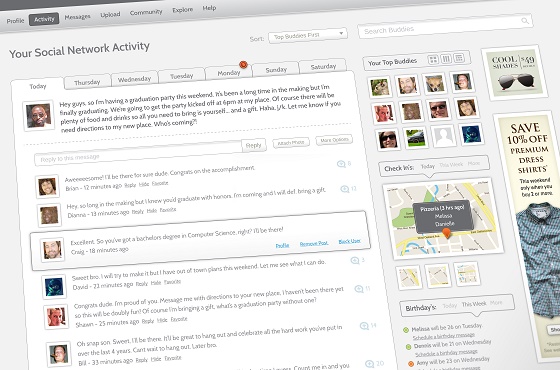
In a previous article, we stated that a lack of split testing can cause the downfall of Facebook ad campaigns. Advertising is often based on assumptions rather than data, and if these assumptions are wrong, costs can quickly start to accumulate.
The good thing about Facebook advertising is you can test your assumptions at a low cost before you commit to pumping more money into your campaigns. Once you find the right ad, which connects with the right audience, and this is verified by the metrics (such as CTR, CPC and purchases), then you’re ready to start scaling your advertising.
Here are some of the things you should consider split testing when running Facebook ad campaigns:
Audience
If you have an amazing ad, with an enticing value proposition, but it’s targeted at the wrong audience it won’t lead to conversions. A good example of this is the beard care industry which is thriving at the moment. No matter how great your product, sales copy and photography is, if your beard oil is targeted to a female demographic, then good luck selling it.
In addition to geographic location and interests, age is a very important thing to split test. You might find that your product resonates with younger viewers, but they don’t always have the means to make an immediate purchase. With this in mind, targeting an older audience might be more lucrative – but it’s worth testing niche markets
Image
Counterintuitively, the best ad image isn’t always the most professional one. Sometimes an organic shot of the product in use which blends perfectly into a person’s news feed might convert better than a traditional ecommerce shot against a white background. According to Search Engine Land, three types of Facebook ad images that perform well are: happy women, colourful logos and headshots, so try these out.
Headline
It’s imperative that your headline grabs consumer’s attention, immediately. You might wish to experiment with emotive headlines, or headlines that are controversial. Ultimately, your headlines should inspire curiosity and get people to continue reading your ad. Sometimes, calling out your audience by a name pertaining to their collective identity (based on your targeting), and then asking them a simple question gets them to stop and pay attention.
You might want to experiment with using succinct customer testimonials as part of your headline. This is particularly effective if you have a statistic on how your product or service helped a customer.
Ad copy & CTA
If you have a winning headline and image, ad copy is the next most important thing to test. Here, you might like to play around with the tone of writing. For instance, you might have one ad speak in a direct, formal tone and succinctly convey your value proposition. In another ad, you might pick a more emotionally loaded angle. As a general rule of thumb, emotive ads tend to result in a higher volume response, but not always conversions.
Kristina Allen, writing for Espresso, states:
“When writing Facebook ad copy make sure your message can answer at least one of the following questions:
Who is this ad about?
What is this ad about?
What does this ad want me to do?”
Always include a CTA button in your Facebook ads, such as “Shop Now” or “Learn More”. In terms of which CTA is most effective at getting people to click through to your landing page, this is another thing to split test.
Conclusion
Split testing can be time consuming, but the long-term results are worth it. Even if you’re unsuccessful, it’s good to learn that your intended audience simply don’t resonate with your product at an early stage, so that you can pivot before you blow a large sum of money on ineffective advertising.
Split testing is an incredibly powerful marketing technique because it allows you to put your assumptions to the test. If the data correlates with your assumptions, then you can start scaling your ads with a reduced risk of failure.
Tags: adverts, facebook, splittesting



